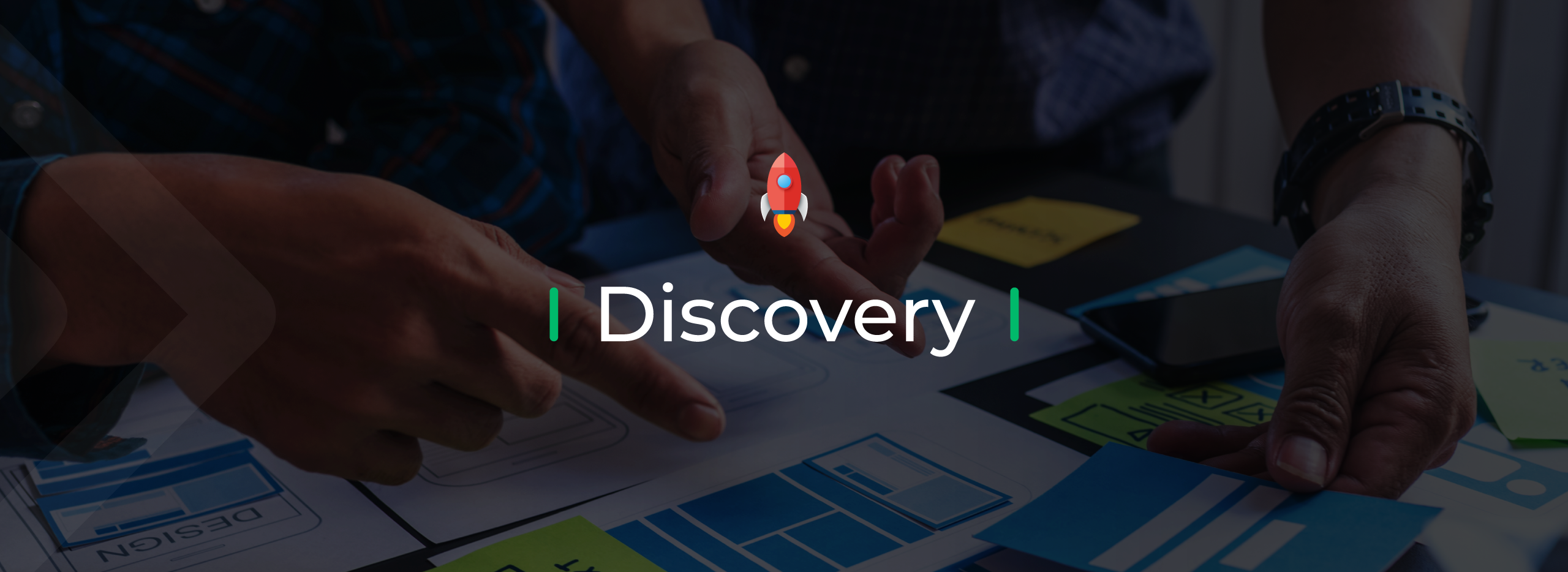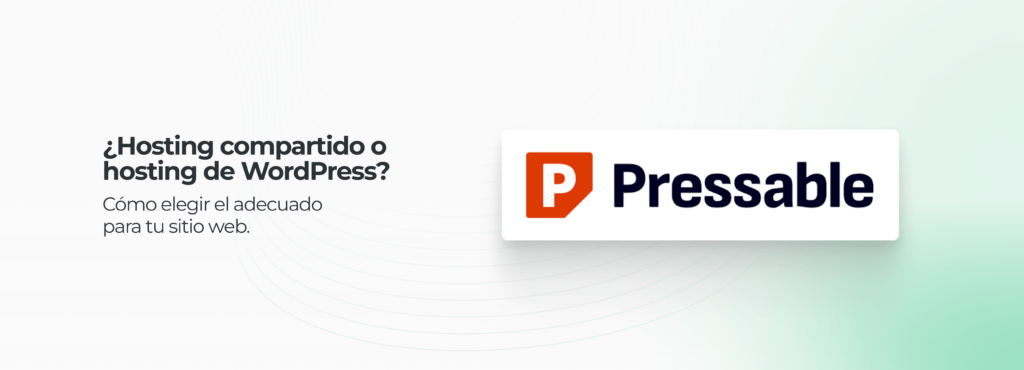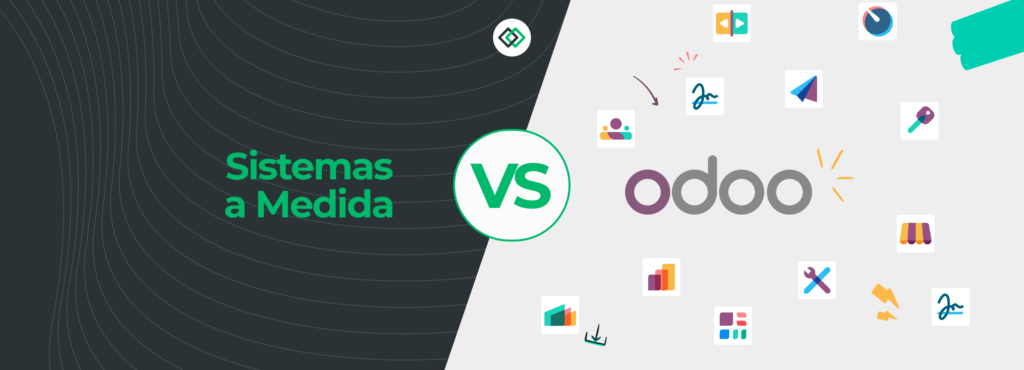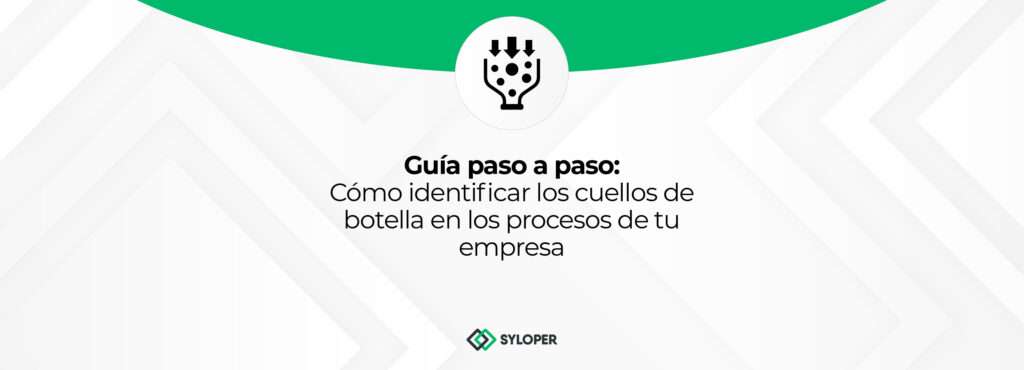In Syloper, we develop software for different clients. They include large corporations that want to expand the functionality of an existing tool or develop new products and ventures that are starting and looking to build an initial version of a product or service. Regardless of the size, objectives and budget, we consider it important to begin our tasks with a stage that we call Discovery. At this phase, we meet with our clients who are specialists in the business, so we can create a shared vision of what they want to develop.
What is Product Discovery?
Product Discovery is a method used to understand the clients and develop products and services that can perfectly adapt to their needs. It is the previous step to any kind of development, either a system, an application or integration. There is always a Discovery process that is essential to understand the nature of the current situation and the stated aim.
At Syloper, we develop many systems and of various sizes for the most varied clients who want to achieve a digital-based value proposition. We believe that the best way to start this link and development is to do an initial stage of Discovery. In it, different experts, together with the client, define the requirements to be faced.
In this phase of Discovery, we achieve synergy with the client from day one, and we lay the foundations of what will constitute the development process. We aim to understand who the main users and clients will be, their problems and needs, and how we are going to solve them. We get a clear picture of the size of the project, establish priorities and detect potential risks.
Our team strongly believe in the agile values of communication and collaboration. For this reason, in this initial stage, we focus on them and, we offer our experience in the field to lead our clients to the best possible result.
Modality
We organize workshops or meetings that we host together with our clients and all the actors involved. These meetings are mostly virtual, but no less effective for that. The result is a set of general and technical documents, with clarifications and definitions, that will help establish an adequate plan to develop the desired product or service.
All these documents constitute an important shared knowledge that will help estimate the necessary effort and the cost of the web or mobile development.
Why is Product Discovery so important? Reasons and benefits
The Discovery process is essential to ensure that we build the right product for the right audience. It is the foundation of a successful implementation and launch, and it provides the confidence to carry the project development forward.
All the information that is collected in this phase allows the team to focus both on the utility and usability of the tool to be built. This provides the foundation for developing a product that will truly add value to users and has more chances of success in the marketplace.
The benefits list includes:
- An initial and general vision of the product
- Project adequacy in correlation to the company’s budget
- Possibility of maximizing ROI
- Effectively use time, human, technical and financial resources.
- Intelligent planning based on factual information that has been obtained by experts
- The ability to test the product on end users.
- Optimization and reduction of development costs.
What do we try to achieve in this phase
In the Discovery phase, we investigate, and we try to explain:
- The reason: What are the problems to be solved? Why is the tool to be developed necessary? Understanding this will allow us to design better solutions, and even suggest alternatives to those initially proposed by the client.
- The product or service: what are we going to develop?
- The actors: who are the principal actors? What tasks will they carry out in the process of development?
- Priorities: understanding the priorities and working on them will be fundamental to the success of the project. It is important to identify which are the essential characteristics, those that cannot be missing or those that will provide the greatest benefits.
- Business model: it is important to understand the business model, the difference between the product or service, how the client will earn money, and how the client will receive the income through recent development.
- Risks: it is very common to identify risks, either business or technical. It is important to identify them as they represent valuable information for the following stages of the project.
- Size estimate: from all the activities carried out in this stage, it is possible to get an idea of the size that the project may have, and therefore of the resources it will require.
In this stage we try to understand the value of the product to be developed, the level of usability and, if it is possible, to develop it from a technical point of view.
Who takes part in this stage?
For the Discovery process to be effective, as many stakeholders as possible should participate. They must provide multiple points of view because this will allow an analysis of technological feasibility and provide a clearer focus on the overall project requirements. If it is necessary, representative end users can take part.
The client can include all the participants they wish. Sometimes, this is not defined at the beginning of the project, and as it progresses, they realize the important actors who are needed.
From Syloper, diverse roles participate, such as Product Owner, Project Manager, Business Analyst, Usability and Accessibility experts, Testers, Solution Architect, and many more. Everything will depend on the situation and the stage of the project’s demand.
The Discovery process
The Discovery stage should reduce uncertainty and increase confidence to invest adequate resources in building a product.
Within the shared understanding that is process generates, the first thing is to order, within a kind of funnel and from highest to lowest:
- Business objectives
- Market and Risk analysis
- User’s needs
- Specific small user stories
How does it work? Discovery techniques
To optimize the Discovery phase, there are several techniques. The team that carries out this process must know them and know when to use each of them and in what framework.
At Syloper, we consider two fundamental elements: the MOSCOW method or matrix and the user stories.
The user stories
They constitute a way of expressing the requirements of the project simply so the client and all the parties involved can agree upon them. They allow you to explain objectives and the clear scope without too much technical language.
During the Discovery stage, our goal is to identify business goals and create enough user stories to kick off the project. To fulfil this, all stakeholders must reach a common understanding. One technique to achieve this is to conduct a user story mapping exercise; a short and intensive process designed to facilitate collaboration and clarify a complex problem with a diverse group.
The MOSCOW method
It is a very simple prioritization technique. It categorizes user stories according to their importance. The categories are:
- Must: non-negotiable product needs that are mandatory for the project.
- Should: Important things that are not vital, but add significant value for the project’s success.
- Could: nice to have initiatives that will have a small impact if left out. Only do them if there is extra time and budget.
- Won’t: Initiatives that are not a priority for this specific time frame.
Despite its simplicity, this tool is extremely useful, since it forces us to agree upon, among the entire team, categories for a set of items very visually.
There is also another approach to this matrix, where we can merge the urgent or non-urgent items with the important and not important ones. It is an alternative technique that we can use in certain projects or situations to improve understanding and order priorities.
Considering these filters and prioritization of user stories, we provide a general and technical estimate to imagine the resources and applicable time to different projects.
Conclusions
At Syloper we try that all our projects begin with a Discovery stage as this allows us to create a shared vision of the objectives, and it lays the foundations for a reliable relationship with the client and where the communication flows.
Everyone involved, in one way or another, in the project participates in the meetings. We consider it important to listen to and respect all opinions, and to create an alignment for the development of the product. We understand that the interaction of all profiles, both business and technical, enrich the dialogue and enhance innovation.
Once this phase of Discovery is completed, the project can move to the design and development stage in a much more efficient way because the requirements are clear from the beginning.
Although the Discovery is carried out at an earlier stage, it must have continuity throughout the entire product development process. It is important to allow new requirements to be incorporated, if necessary.
To maintain shared understanding throughout the entire project will allow it to build and grow properly and for the team to work together to achieve its goal.
⋄⋄⋄⋄⋄
✚ Keep reading:
▶ Some recent projects:
- Aapresid Congres 2021: we accompanied the great event of agriculture trough technology
- Aapresid Events: tailor-made streaming platform
- La Segunda Recompensa: an effective landing page
- Vlov: support app for people with problematic consumption
❖ We are Syloper, a software development company based in Rosario, Argentina and with projection throughout Latin America and the entire world.
✉ If you need us to help you make your idea come true: contact us.





